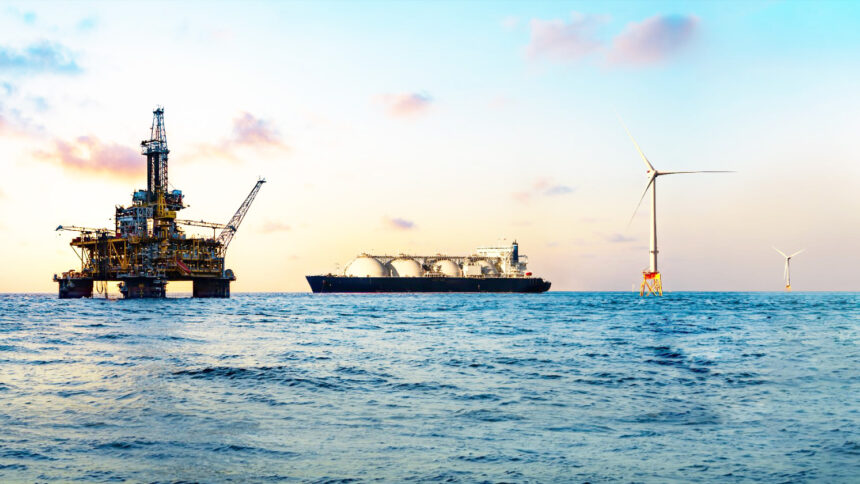As part of its ambition to aim for near-zero methane emissions by 2030, TotalEnergies will be going a step further in the monitoring and reduction of its methane emissions with the deployment of continuous, real-time detection equipment at all of its operated upstream sites.
Since 2022, TotalEnergies has been pursuing its ambition to aim for near-zero methane-operated emissions in 2030. As a result, the company will as soon as this year meet its target to reduce emissions by 50% compared to 2020, a year ahead of plan.
TotalEnergies is thus well on track to achieve the targeted 80% reduction by 2030. This achievement is the result of numerous initiatives, including the successful deployment of its drone campaigns.
Complementing its portfolio of detection technologies already in place, TotalEnergies is going a step further by installing the continuous detection equipment on all its operated upstream assets, enabling real-time identification of methane emissions, both fugitive and stationary, and immediate corrective actions to stop them.
This continuous detection plan will be fully-implemented by end-2025, and will use existing and proven technologies such as sensors, InfraRed cameras, flowmeters and Predictive Emissions Monitoring Systems on combustion sources.
Continuous, real-time detection on this scale – both for existing facilities and projects under development – is a pioneering move in the industry, and sets a new standard for the company.
“Slashing down methane emissions is a short-term priority to contribute to the fight against climate change. Continuous, real-time detection will enable our operators to act in an even more decisive manner in order to reduce our methane emissions, and to repair leaks to achieve our near-zero methane emissions’ ambition. As a champion of the Oil & Gas Decarbonisation Charter (OGDC), I am proud that TotalEnergies is leading the way in deploying such equipment at large scale, and we will continue to work with the industry to share best-practices in measuring and fighting methane emissions”, said Patrick Pouyanné, chairman and chief executive officer of TotalEnergies.


